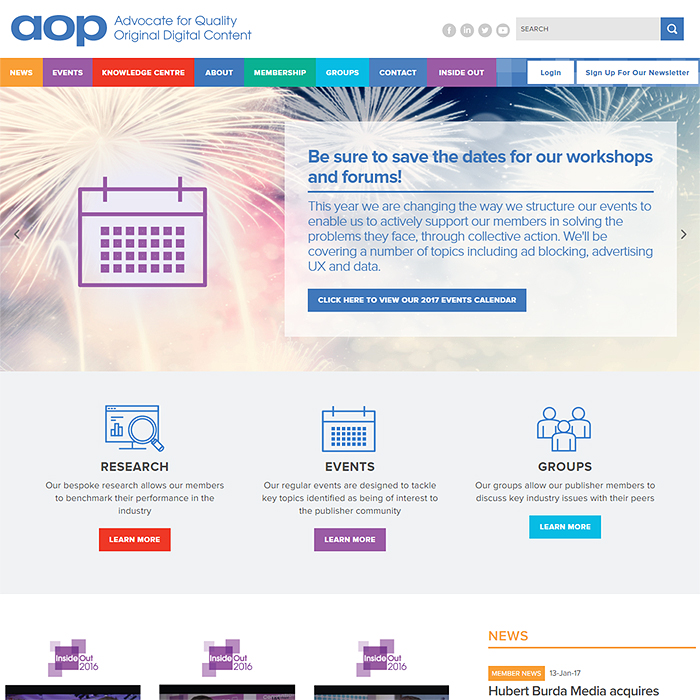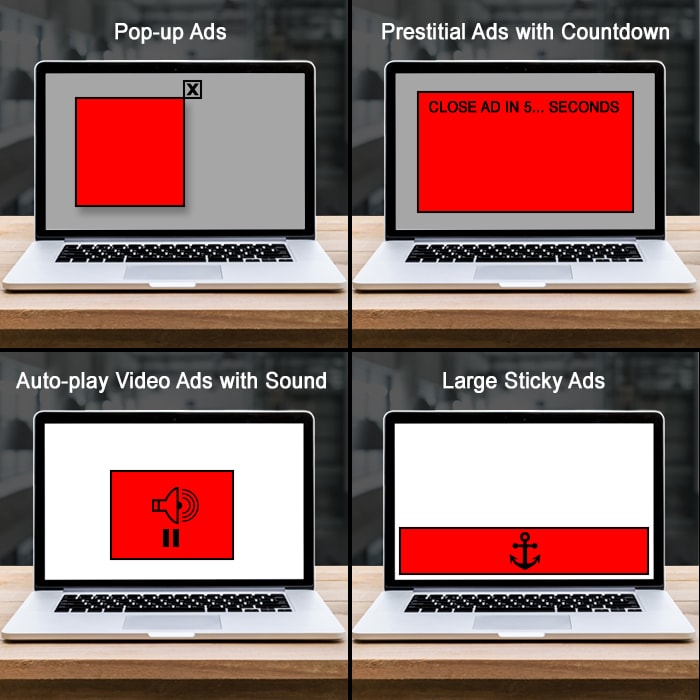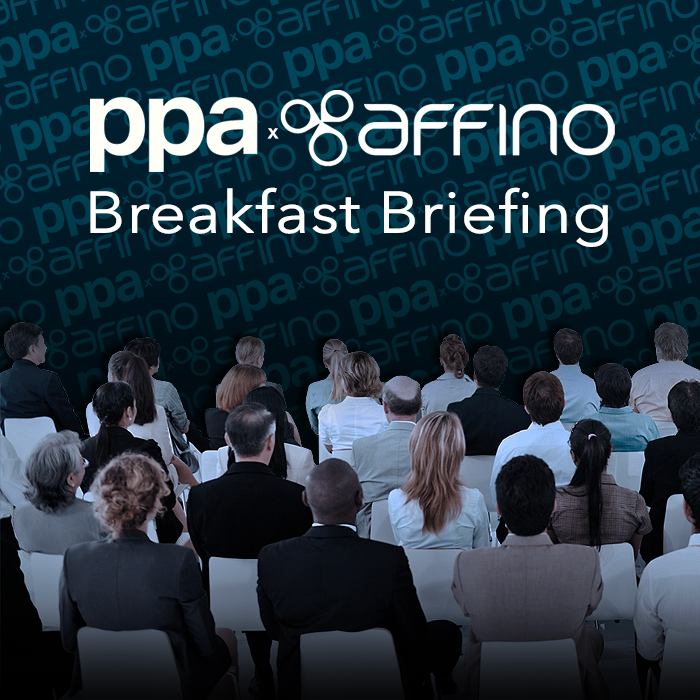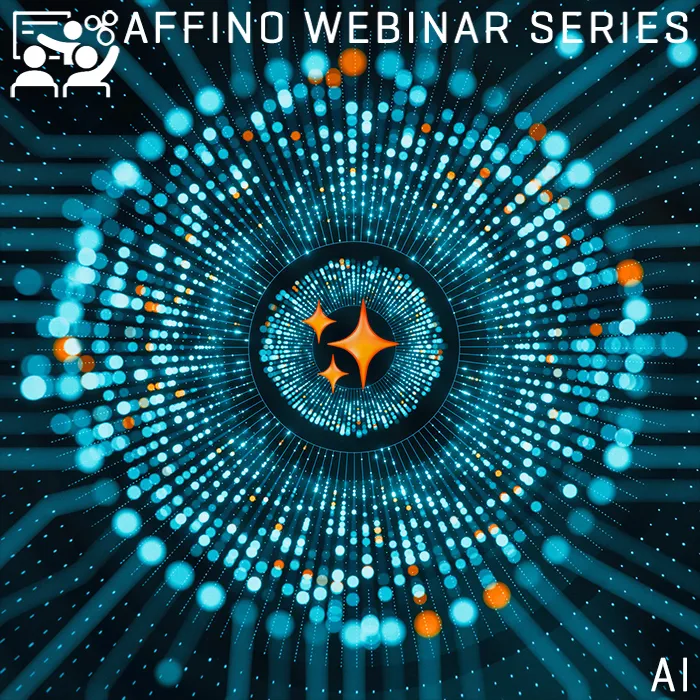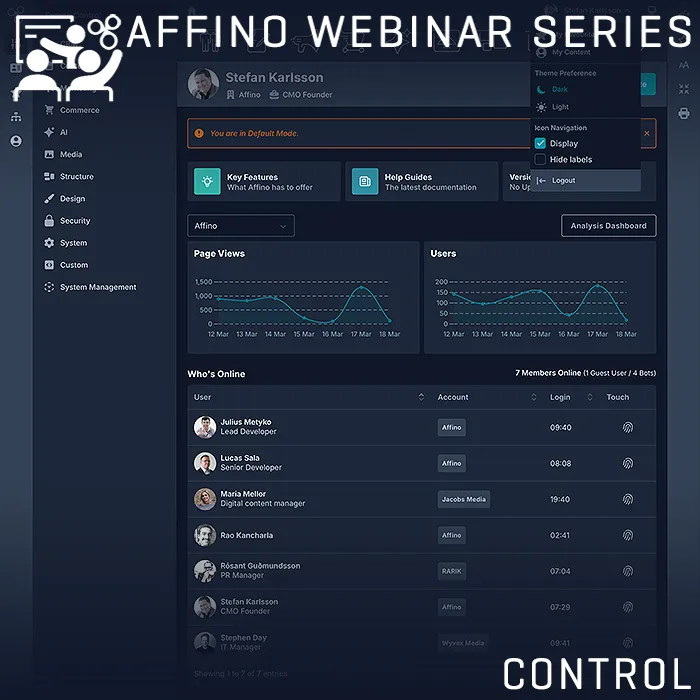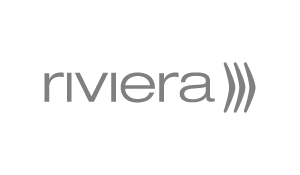Editorially-controlled Native Advertising is the only viable future for Mobile Publishers

The very best kind of advertising is that which is absolutely contextual, integral, personal and wholly targeted - it should be a value added part of the normal browsing / reading process, and should most definitely not stand out like a sore thumb! The very worst kind of advertising by contrast is interruptive, take-over, diversionary nonsense which takes a reader out of their flow and away from their principal area of interest and primary purpose. As a former ad man, I have no qualms in saying that I loath all types of intrusive advertising - especially on the limited-real-estate mobile platforms.
I only ever click on mobile ads by mistake - usually in some attempt to close down or get rid of the offending ad. I don’t ever recall having seen a relevant ad which had something I wished to pursue. If I encounter too many take-over type ads I simply shut down that site and remove it from my reading list.
I am far from the only one that hates intrusive advertising, as can be seen by the numbers of people who use active ad-blocker tools on their browsers. Currently only 14.5% of the UK population (and growing) whereas in Poland 28.6% of its people use ad blockers, 24.5% of Greeks, 21.6% of Swedes and 21.2% of Danes. This highlights the danger to publishers (Cookie Armageddon) who use those types of ads to generate revenues.
There is much talk this moment about key-word-assigned automated / programmatic advertising, and this has even been extended to the Native Advertising category. I don’t believe this is an entirely plausible scenario though. Most are now familiar with Native Advertising as being really just a contemporary form of what we used to call Advertorials. The very best advertorials follow the editorial tone, style and look-and-feel of the main content of that publication. The in effect ’Sponsored Articles’ don’t look out of sorts amongst the other editorial content, and when done properly can deliver as much value to the reader as the main feature articles. For ultimate authenticity, images need to be in the same house-style as the other articles and even though promotional, the articles cannot be overly salesy or overtly different in editorial tone to the surrounding content. For sake of transparency, they should also feature a clear but unobtrusive label - something like ’Sponsored Article’.
Most publishers avail themselves of Native Advertising, but many are failing as the resulting content is too obviously tonally different to the rest of the content, and thus does not fulfil the ’value-added’ principles that such content needs to abide by. Doing this kind of thing programmatically or in an automated fashion is a recipe for disaster, as only with proper editorial control can you make something totally consistent and contextual within the wider listing of articles. These Native Advertising / Sponsored Articles must be wholly topical and on-point, otherwise it breaks the trust of the readership , and they find somewhere else to fulfil their needs.
So much of what is contemporary news is really just a form of PR or advertorial - a huge slice of celebrity editorial is controlled and put into play by the celebrities themselves. Most readers have very little idea that a great part of what they are reading started out as a press release or propaganda piece. The master of this dark art is Buzzfeed, whose output is now increasingly in the format of Native Advertising / Sponsored Articles - using clickbaiting and listicles to hook in readers to view the Top 10 of this and that.
I often talk about ’Topical Slipstreaming’ - which is in effect latching onto popular headlines and terms which are current in the news - whether it be Global Warming, the forthcoming election, or some other popular topic much discussed at the time. The cleverest publishers look out for opportunities for their key customers and suggest articles based on popular current topics - which are generating a lot of search engine traffic. Social Media plays a key part in this too - in terms of sharing and promoting on the different social networks - which is why topicality and currency is key.
There are other technical considerations too, including as I first mentioned - the quite small real-estate / screen you have to cope with - any space taken up unnecessarily by a promotional message or image is an intrusion. Also the fact that the EU has pushed back the pan-European free-roaming agreement - meaning that people still pay ridiculous charges for data abroad. All mobile phones have data contracts, and it’s most impertinent that something unsolicited is eating up your bandwidth and your monthly data allocation. Something irrelevant and not selected by you is interrupting your highly time-precious lifestyle and stealing away phone credits, frankly that sort of behaviour is intolerable.
It is quite evident that ad-blockers and similar privacy tools, possibly even forthcoming operating system privacy tools, will have a significant impact on changing the nature of advertising. In my previous blog post ’The age of intrusive advertising is being overtaken by smart brand advocacy’ I stated that intrusive advertising was dead, and endorsement, sponsorship and product-placement were the only logical way forward. You can think of Native Advertising as a type of Product Placement - in two ways - how to place your products and services as sponsored articles within the general features listing, but also how to place them inside features - as incidental pictures and references.
There is no two ways about it that editorial is required to control the quality and suitability of these sponsored articles, and that photo-editorial and style are just as important as the text. The value added proposition for publishers will be increasingly in producing those sort of articles for their former display-advertising key customers ...
Related
How can mobile publishers enhance user experience with native advertising?What strategies ensure sponsored articles align with editorial content?How does topicality influence the effectiveness of native advertising?What role do ad-blockers play in shaping future advertising strategies?How can publishers maintain reader trust with sponsored content?
Did you find this content useful?
Thank you for your input
Thank you for your feedback
Upcoming and Former Events
Webinar - Introducing Affino's Fourth Generation AI Services
Webinar - Enhanced Affino Commerce & Subscription Capabilities
Webinar - All About the New Affino Control Centre
Affino Innovation Briefing 2024
Meetings:
Google Meet and Zoom
Venue:
Soho House, Soho Works +
Registered Office:
55 Bathurst Mews
London, UK
W2 2SB
© Affino 2025





